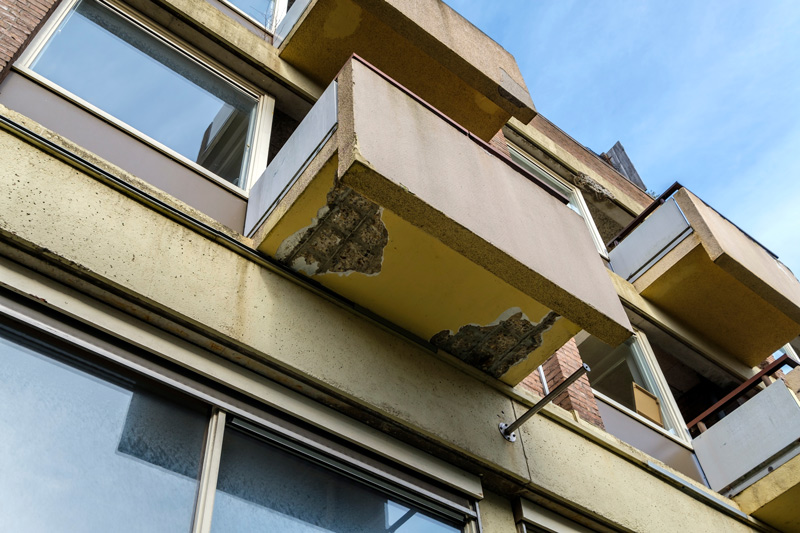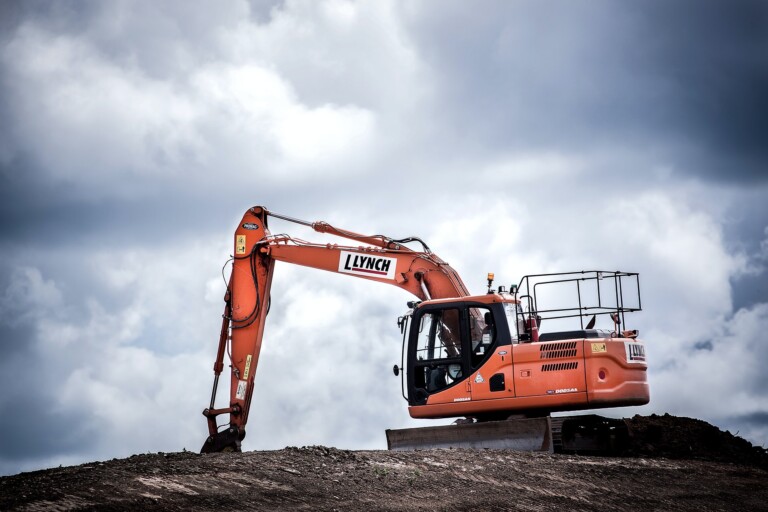
It has often been assumed that a developer that is not involved in the physical construction of a building is not liable to the building owners for construction defects. However, the recent case of Condominium Corporation No. 0522151 (Somerset Condominium) v JV Somerset Development Inc., 2022 ABCA 193 (“Somerset”), has called that assumption into question.
In Somerset, the Alberta Court of Appeal was asked to consider on a summary judgment application whether the defendant developer was liable for serious deficiencies in the design and construction of the buildings’ balconies. In allowing the appeal, and permitting the matter to proceed to trial, the Alberta Court of Appeal concluded that it is possible that a developer could be liable for damages for such dangerous construction defects, even when the developer was not personally involved in the construction. The Somerset decision is of particular interest to developers as it indicates that developers may have increased and persisting liability for construction defects that pose risks of real and substantial harm, regardless if they were the party that performed the construction.
Background and Chambers Decision
The Defendant/Respondent, JV Somerset Development Inc. (the “Developer”), was the developer of a 215 unit condominium building in Edmonton, Alberta, (the “Condominium”). The Developer sold units in the Condominium to individual owners between 2004 and 2005. In or around 2012, the owners of the Condominium units discovered that there were significant defects with the construction of the balconies, specifically, defects that permitted water ingress leading to rot and ultimately resulting in the balconies failing to meet the minimum load-bearing requirements of the building code.
In 2014, the Plaintiff/Applicant, Somerset Condominium Corporation No. 0522151 (“Somerset”), sued the Developer, its architect, and project manager for negligence and breach of fiduciary duty, alleging that each party owed a duty of care in the design and construction of the balconies and were jointly and severally liable for the cost of repairs to the balconies. The Developer filed an application for summary judgment to dismiss the claim on the basis that it had no involvement in the design or construction of the balconies. The Developer argued that because it was not involved in the design, construction, or inspection of the Condominium, it did not owe a duty of care to the owners and could not be liable to Somerset.
The chambers judge agreed and dismissed Somerset’s claim against the Developer. The chambers judge concluded that a developer who is not actively involved in the physical construction of a building cannot be found liable for any dangerous construction defects (and furthermore cannot be held vicariously liable for any dangerous defects caused by the contractor(s) who performed the work). Somerset appealed this decision.
The Court of Appeal
The Alberta Court of Appeal reversed the chambers judge’s decision, and referred the entirety of Somerset’s claim (including the claim against the Developer) to trial. This direction reflected the Alberta Court of Appeal’s finding that it was possible that a developer could be liable in negligence to subsequent purchasers of a building for dangerous construction defects even when it was not involved in the physical construction.
In making its decision, the Alberta Court of Appeal referred to the previous decisions that found contractors liable to subsequent owners of buildings for dangerous construction defects (in particular, the Alberta Court of Appeal referred to the Supreme Court of Canada decision of Winnipeg Condominium Corporation No 36 v Bird Construction Co., [1995] 1 S.C.R. 85). The Court of Appeal relied on the reasoning of those prior decisions to find that it was arguable that developers not involved in the construction could similarly be held liable to subsequent owners of a building for dangerous construction defects. Whether or not this reasoning would apply to developers, however, was found not to be appropriate to determine on summary judgement. Somerset’s claim against the Developer was accordingly referred to trial where this potential argument could be fully explored and considered.
Takeaways for Developers
The Somerset decision is of significance to developers as it leaves unanswered the question of whether a developer could be found liable to subsequent owners for construction defects in a building, even where the developer has not been involved in the design, construction, or inspection of the building. The scope and extent of such potential liability is unknown, meaning that significant questions for developers remain, including whether or not it is possible to minimize potential exposure to liability through effective contract drafting or by hiring skilled and experienced professionals to monitor the work of the contractor or to perform the construction. The indeterminate nature of this potential liability is perhaps most concerning for developers: if a duty of care is owed to owners, how far down the line of subsequent owners will that duty extend to?
The uncertainties raised by the Somerset decision highlights the importance for developers to conduct due diligence prior to commencing the design and construction of any project and when entering into transactions at the conclusion of any project. Developers may be able to identify and limit risks with their consultants and contractors, for example through the use of indemnities and insurance products, and may also be able to identify and limit risks with any original purchaser, for example through limitation of liability provisions or waiver provisions.
We will keep our readers updated as to the outcome of the further trial decision.



